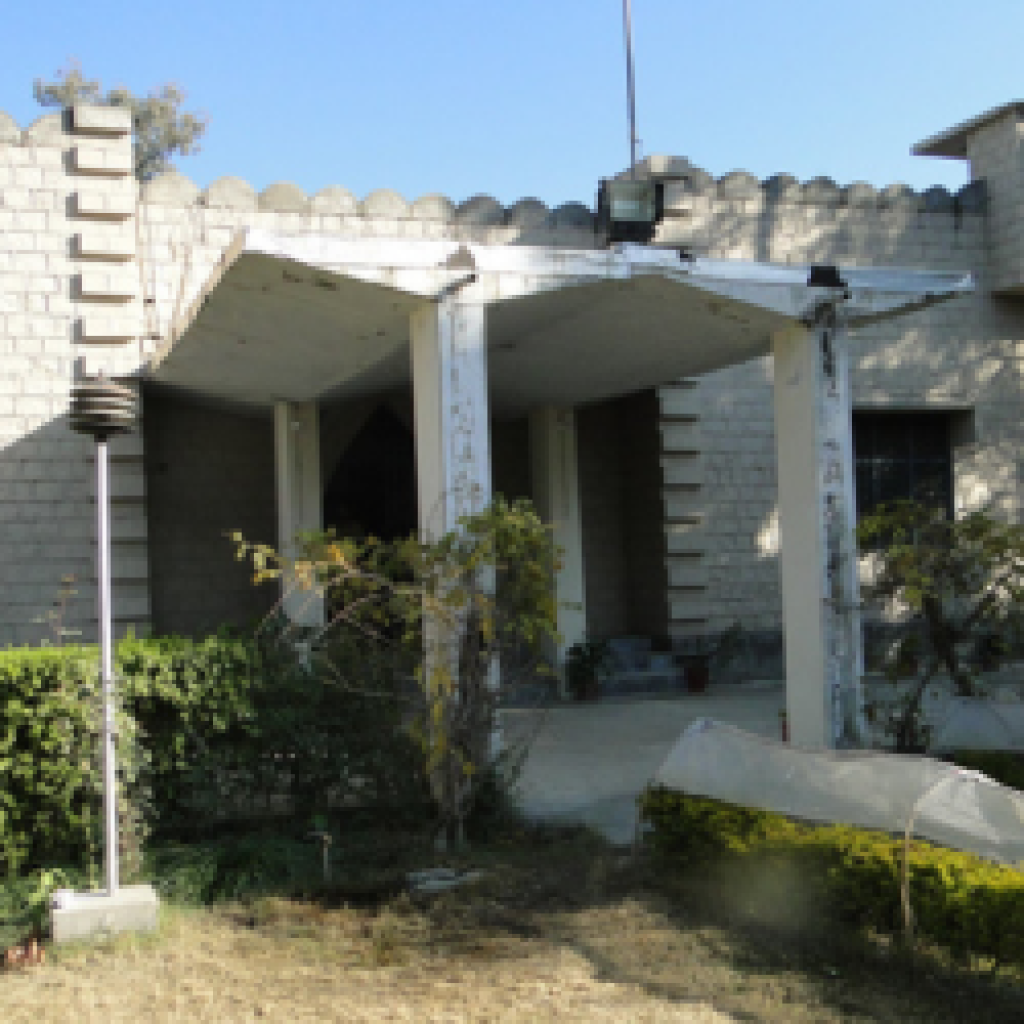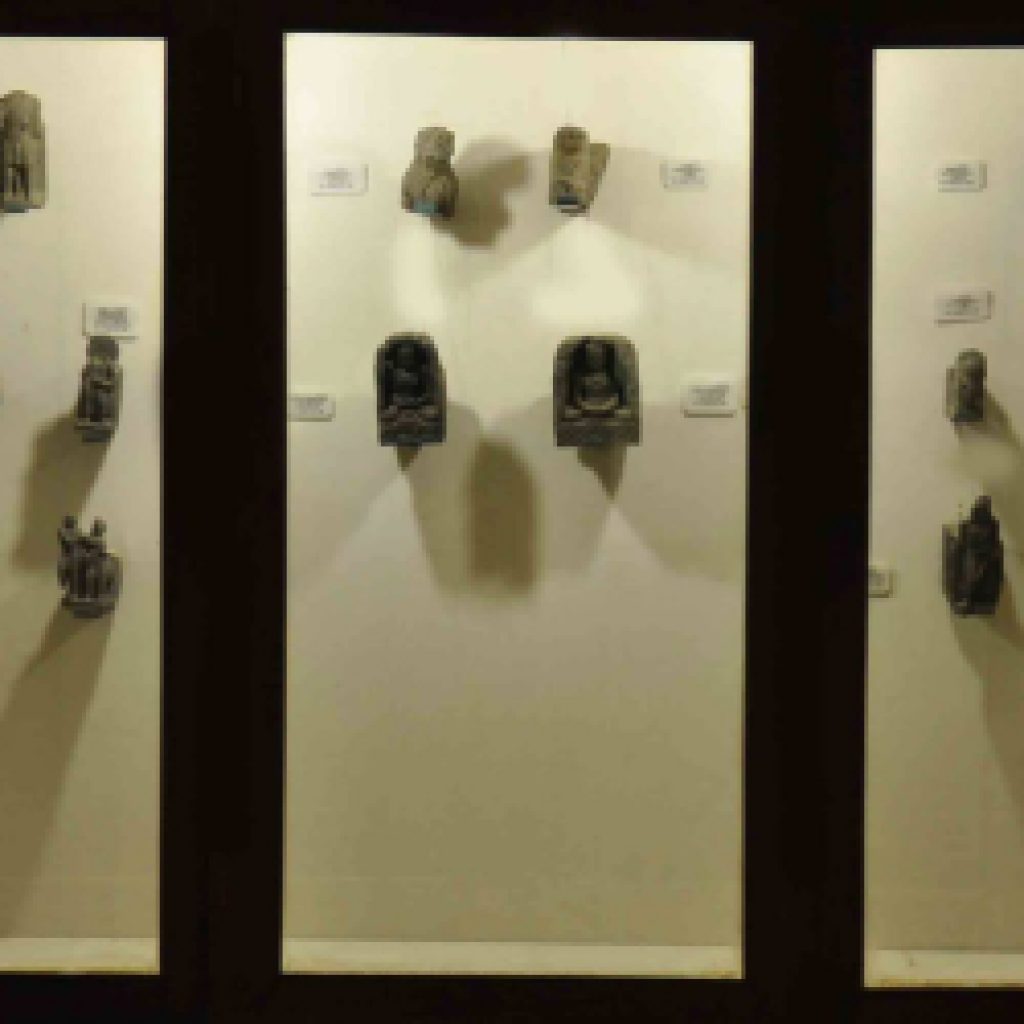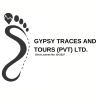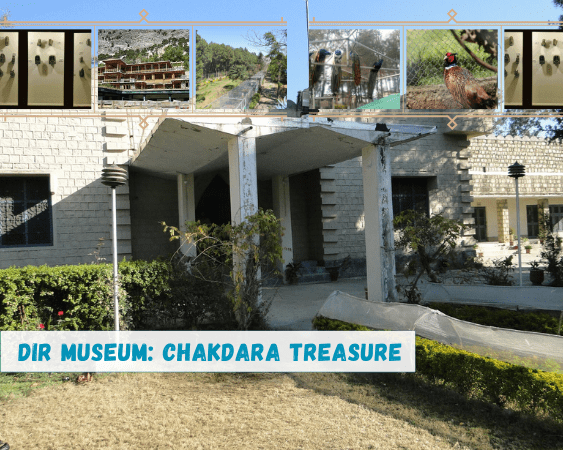Introduction:
Discover the treasure trove of Gandhara Art at Dir Museum, also known as Chakdara Museum, nestled in Chakdara, Lower Dir, Khyber Pakhtunkhwa, Pakistan. Immerse yourself in the rich history and cultural heritage of Dir, meticulously curated within the museum’s grand fort-like structure.



Table of Contents
Historical Roots of Dir Museum:
Built on the foundations of archaeological excavations from 1966-69, Dir Museum stands as a testament to the 2nd millennium BC, preserving over 1444 Gandharan pieces. Capt. Rahatullah Khan Jaral’s vision and government support brought this cultural haven to life, reflecting the strength and dynamism of the locals through its Malakandi stone architecture.
Gandharan Collection:
With 2161 objects, the museum showcases intricate Gandharan sculptures depicting Buddha’s life stories, miracles, and symbols worship. Dive into scenes from the Buddha’s pre-birth, enlightenment, and significant life events, unveiling the essence of Buddhism in the region.
Ethnological Gallery:
The Hall of Tribes, established in 1977, transports visitors into Dir’s diverse cultural tapestry. Explore manuscripts, weapons, jewelry, ceramics, and more, offering a holistic view of the region’s heritage.
Tour Description:
Unearth the cultural marvels of Dir at Dir Museum, a bastion of Gandhara Art and historical richness. Immerse yourself in 2161 artifacts, including 1444 Gandharan pieces, unveiling the intricate stories of Buddha’s life. The museum’s fort-like charm and Malakandi stone architecture provide a captivating backdrop to Dir’s profound cultural legacy. Explore the Hall of Tribes, a treasure trove of Dir’s ethnological wonders in the expert company of our tour guide.
The Dir Museum, also known as Chakdara Museum, is situated in Chakdara, Lower Dir, Khyber Pakhtunkhwa, Pakistan. It houses a remarkable collection of Gandhara Art, showcasing the rich history of the region. The museum’s origins trace back to the archaeological excavations in Dir, which began in 1966 under the auspices of the Department of Archaeology, University of Peshawar. These excavations yielded a significant amount of antiquities, prompting the construction of the Dir Museum. Capt. Rahatullah Khan Jaral, the then Political Agent of Dir Agency, provided initial funding of 0.25 million rupees, with further support from the provincial government for additional facilities.
The museum’s architecture, designed by Mr. Saidal Khan, reflects the local style, utilizing Malakandi stone to create a fortress-like appearance. Its grand facade features an arched entrance, two square corner picket-towers, and battlements on the parapet. The museum boasts a collection of 2161 objects, with over 1444 pieces from the Gandhara period. These include sculptures depicting Buddha’s life stories, miracles, worship symbols, relic caskets, and individual standing Buddha sculptures. Notable among the pre-birth stories depicted are Dipankara, Maitryakanyaka, Amara, Syama, and Visvantara Jatakas. Scenes from Buddha’s life, such as Queen Maya’s dream, birth, renunciation, enlightenment, and death, are also prominently featured.
In addition to its Gandharan collection, the museum houses an Ethnological Gallery established in 1977, showcasing 498 objects including manuscripts, weapons, jewelry, dresses, ceramics, musical instruments, household objects, furniture, and wooden architectural elements. This rich cultural repository offers visitors a profound insight into the history and heritage of Dir, spanning back to the 2nd millennium BC.


0 Comment